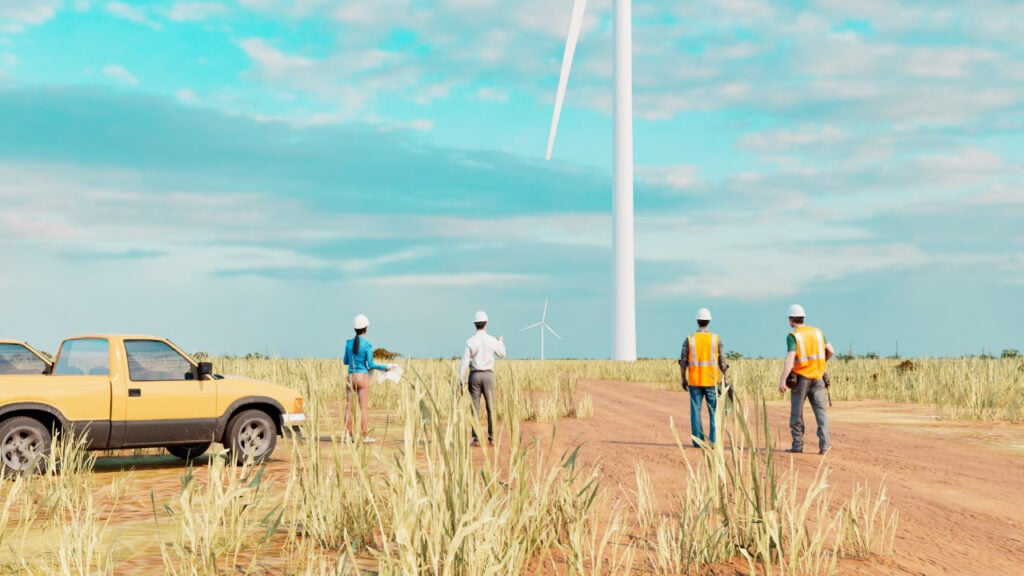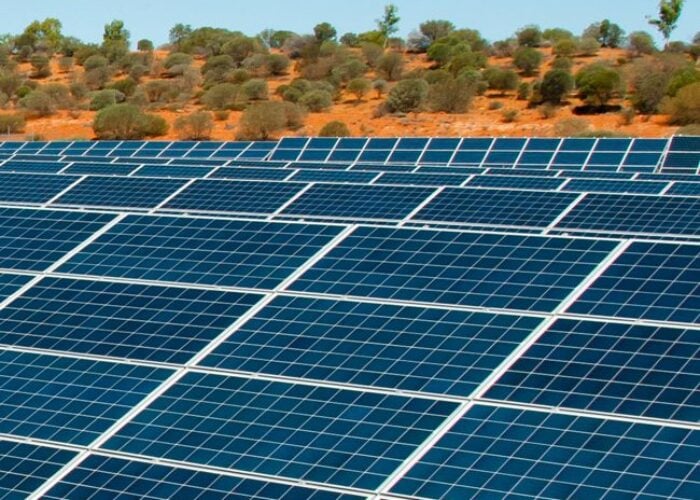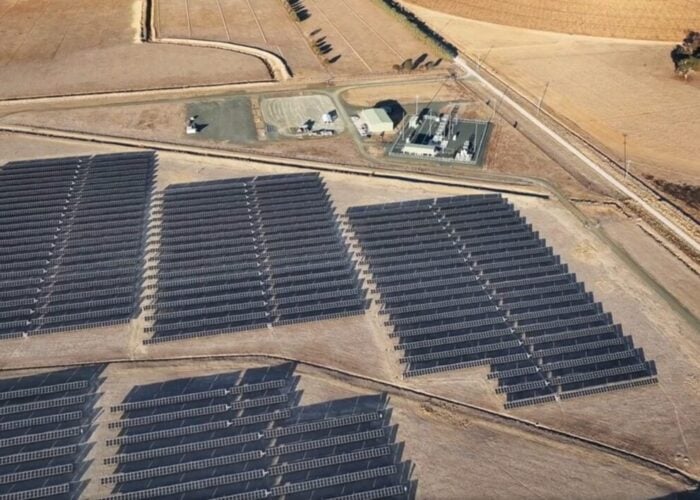
Oil and gas major bp has confirmed it will exit the Australian Renewable Energy Hub (AREH), a 26GW wind, solar and green hydrogen project planned for Western Australia.
The oil and gas company, which acquired a 40.5% stake in and became the operator of the major green hydrogen project in 2022, confirmed to PV Tech it has advised the project’s partners that it will exit the project as operator and equity holder, and will instead focus on its upstream oil and gas business.
Try Premium for just $1
- Full premium access for the first month at only $1
- Converts to an annual rate after 30 days unless cancelled
- Cancel anytime during the trial period
Premium Benefits
- Expert industry analysis and interviews
- Digital access to PV Tech Power journal
- Exclusive event discounts
Or get the full Premium subscription right away
Or continue reading this article for free
“This decision reflects bp’s recent strategy reset, which will see bp grow its upstream oil and gas business, focus its downstream business, and invest with increasing discipline into the transition,” a spokesperson from bp told PV Tech.
It comes as bp launched a “last-ditch” retreat from renewables earlier this year, seeking to reduce its renewable energy spending and increase its focus on oil and gas production.
Despite its exit from the project, bp reiterated the potential the project could have for decarbonising the mineral-rich Pilbara region of Western Australia and that it would work with the AREH partners to ensure a “safe and efficient transfer of ownership.”
What is the Australian Renewable Energy Hub?
The AREH project, formerly known as the Asian Renewable Energy Hub due to plans to become a major exporter of green hydrogen and ammonia to the Asian market, is set to harness 26GW of solar and wind to produce green hydrogen, a clean energy carrier.
At full capacity, AREH is expected to produce around 1.6 million tonnes of green hydrogen or 9 million tonnes of green ammonia per year.
Situated on a 6,500-square-kilometre site in the Pilbara region, AREH is in an advantageous position with access to abundant solar and wind resources with consistent output.
Other partner shareholders in AREH are InterContinental Energy (26.4%), CWP Global (17.8%) and Macquarie Capital and Macquarie’s Green Investment Group (15.3%).
CWP Global previously forecast that AREH would cost AU$55 billion (US$36 billion) to fully develop.
The project will be built in varying stages before reaching the full 26GW of solar and wind generation capacity.
However, despite the potential the project could have on the Western Australian economy, cementing itself as a major renewable energy hub and supply of green ammonia for Asia, the project has run into issues since its first proposal in 2014.
After the AREH partners secured environmental approval from the state government, the development hit a snag in 2021 when the federal government blocked the project, citing its environmental impact.
In May 2024, the Labor government, which took office in 2022 and was recently re-elected for a second term, awarded AREH ‘Major Project Status’ to support the project. This status grants projects assistance from the Major Projects Facilitation Agency in navigating major Australian government approvals.
Australia’s hydrogen prospects take successive blows
News of bp’s intended exit from the AREH and broader Australian hydrogen market comes as another blow to the country’s prospects of becoming a “renewable energy superpower,” with hydrogen set to play a vital role in this.
Indeed, Australian mining giant Fortescue Metals announced this week that it will shelve plans for its PEM50 green hydrogen production facility in Gladstone. The commercial-scale facility was set to be capable of producing 8,000 tonnes of green hydrogen annually.
Australian energy major Origin Energy confirmed it would shift away from green hydrogen last year to focus more on battery energy storage systems (BESS) and renewable energy generation.
At the time, Origin Energy’s CEO Frank Calabria still believed hydrogen could play a role in the future energy mix, but admitted the market was developing more slowly than anticipated.
It is worth noting that the Australian government released an updated 2024 version of its National Hydrogen Strategy, focusing on accelerating clean hydrogen industry growth, with solar PV and wind generation set to provide the foundation for a booming industry.






